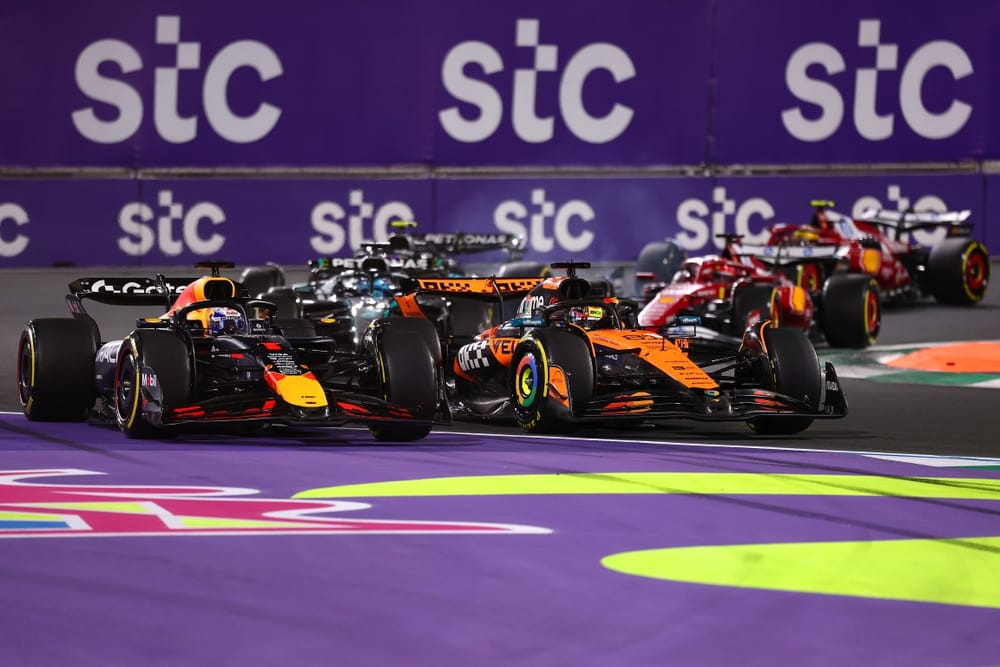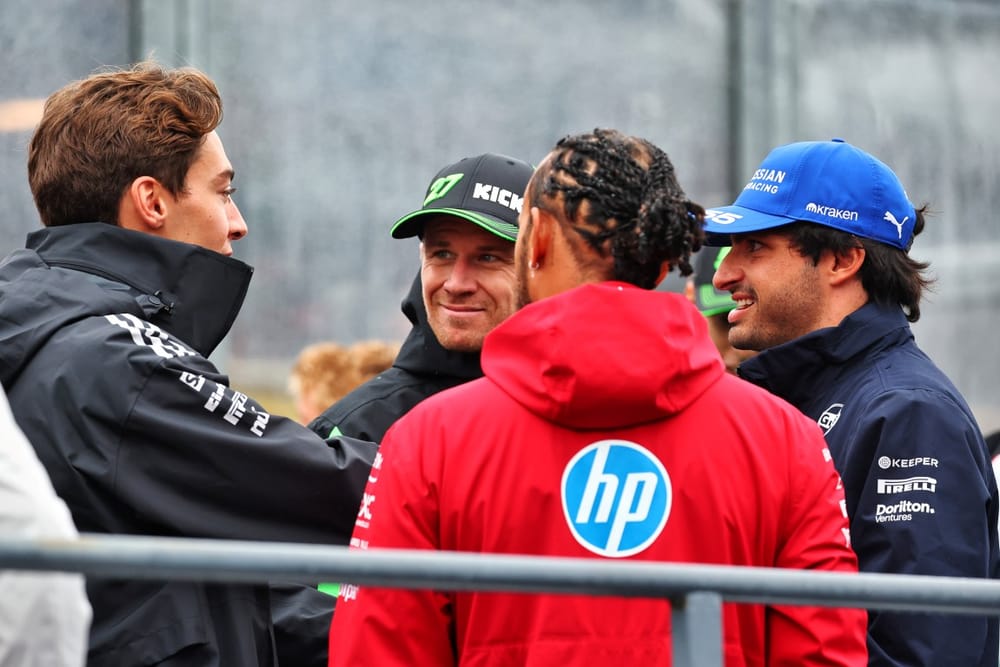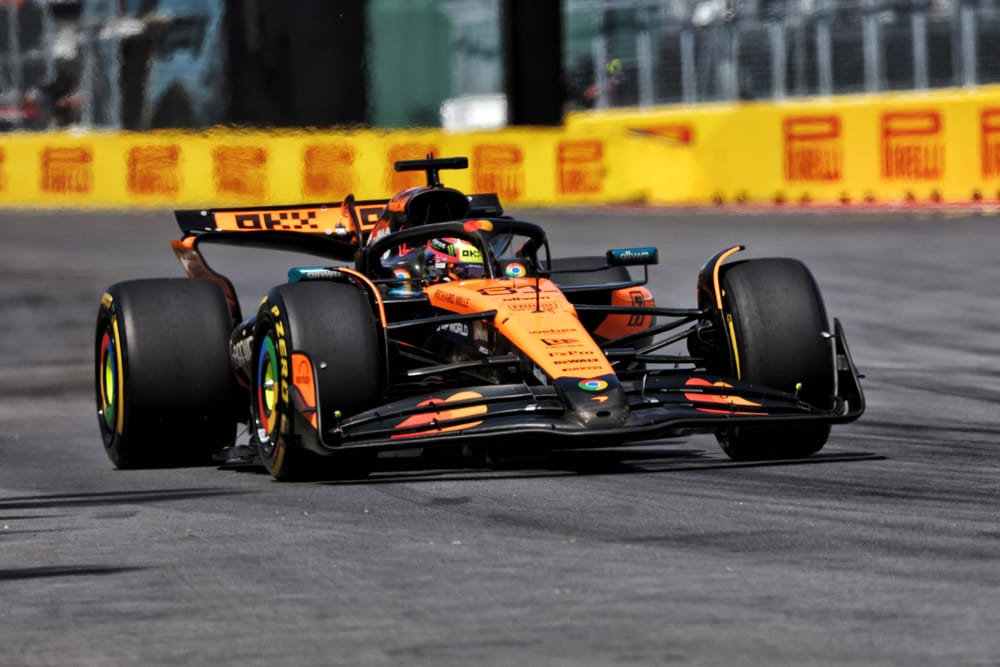Formula 1’s stewards’ penalty guidelines and its driving standards’ documents have been revealed in full for the first time.
Although much of the information within them has been known for a while, especially in relation to the racing rules, the documents do still offer some fascinating insight into how the governing body deals with rules breaches.
The publication itself is also notable because it has come against some recent frustrations among drivers about an apparent lack of dialogue between them and the FIA over rules transparency.
Here are the most important things you need to know from what has now been revealed in full.
How the stewards’ set menu actually works
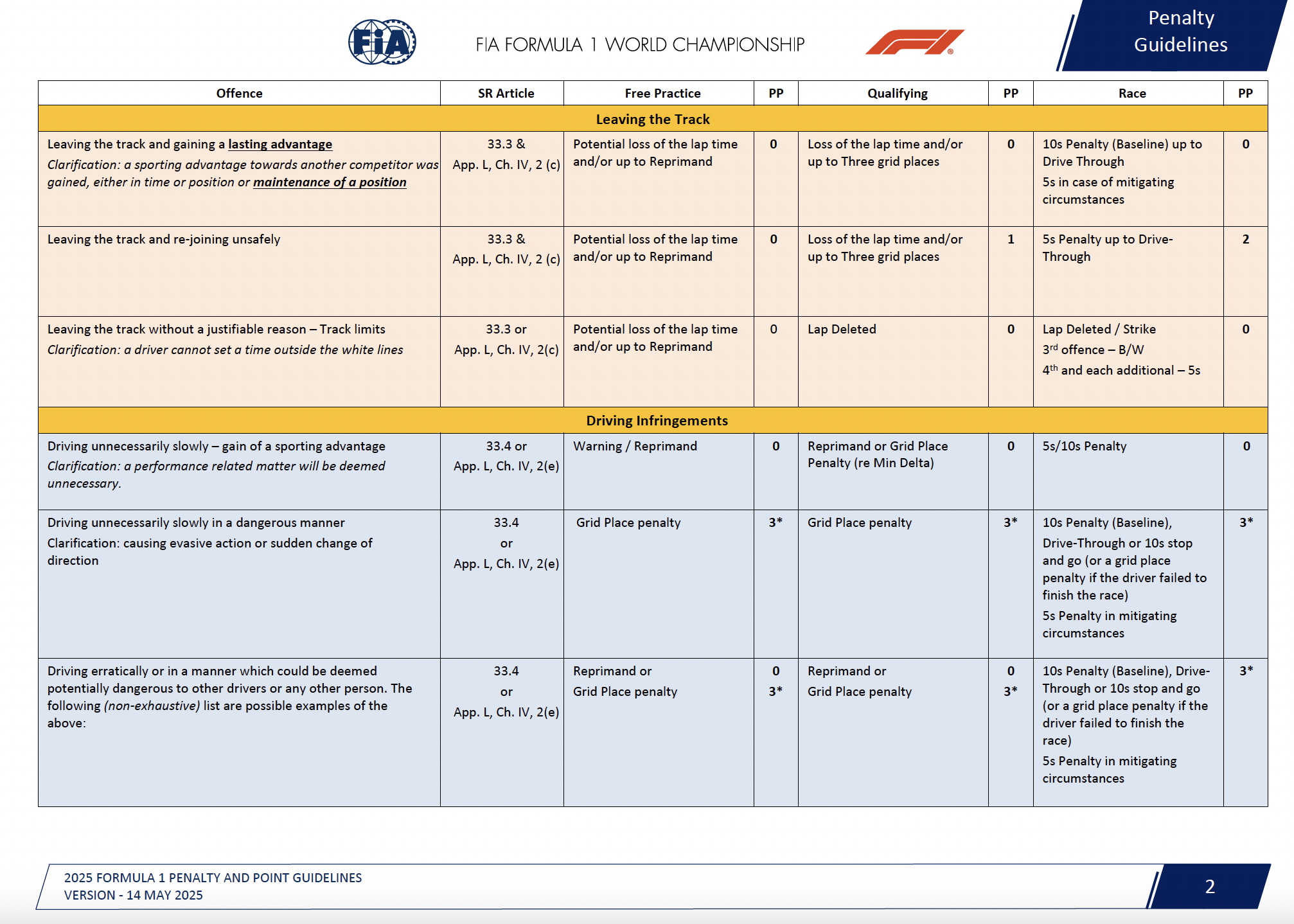
It had always been known that the FIA stewards had access to a document that offered some precedent about penalty severity – and what was deemed suitable for specific offences. It’s been in existence (albeit in secret) for around 10 years now.
However, the actual FIA document has highlighted how detailed what is in effect a ‘menu’ system is – with all potential rules breaches covered, and guidance offered for how severe penalties should be for practice, qualifying and races.
"They were developed because we felt we needed to do what many panels of judges do in the civil and criminal courts, where they have a band of penalties published among themselves that provide a framework for judges to use," chair of the F1 stewards Garry Connelly said of the penalty guidelines.
"I think we started with one or two pages and now the penalty guidelines cover about 10 pages and roughly 100 common issues and infringements."
Some of the sanctions are mandatory, which show how the stewards’ hands are tied in some circumstances. This includes areas like a breach of parc ferme rules or overtaking behind the safety car.
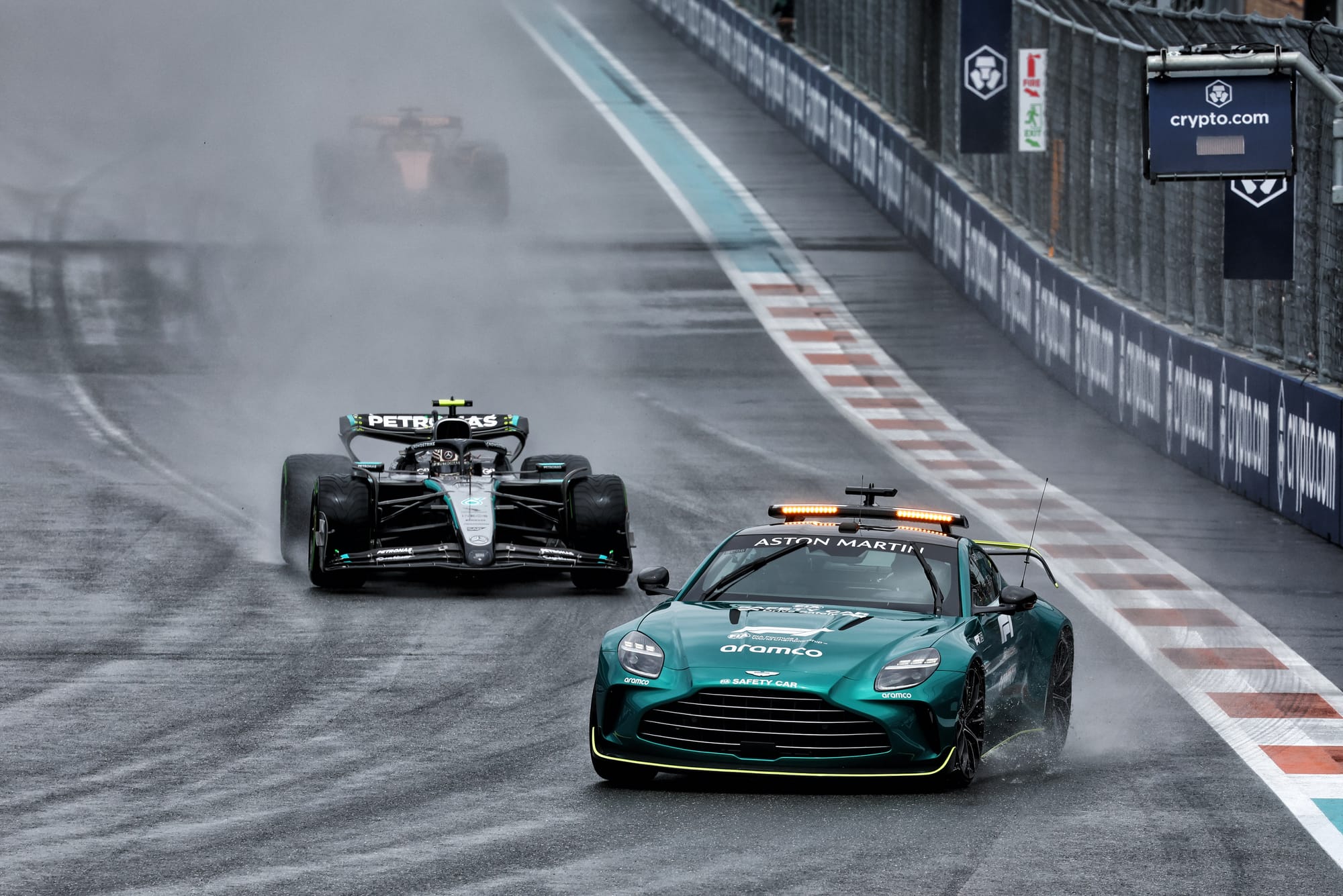
In some areas the stewards are given the ability to choose between two alternative penalties depending on how severe they deem the rules breach – for example “more than one change of direction to defend a position” can deliver a sanction that ranges from a five-seconds' penalty to a drive-through.
It is also interesting to note that there are sliding scales of sanctions for how extensive some rules are breached by. For example, going too fast under a Virtual Safety Car period will earn a five-second penalty if it is for two or three mini sectors, but will earn a 10-seconds stop and go if it is for six sectors or more.
Verstappen would have ban if Russell hit was intentional
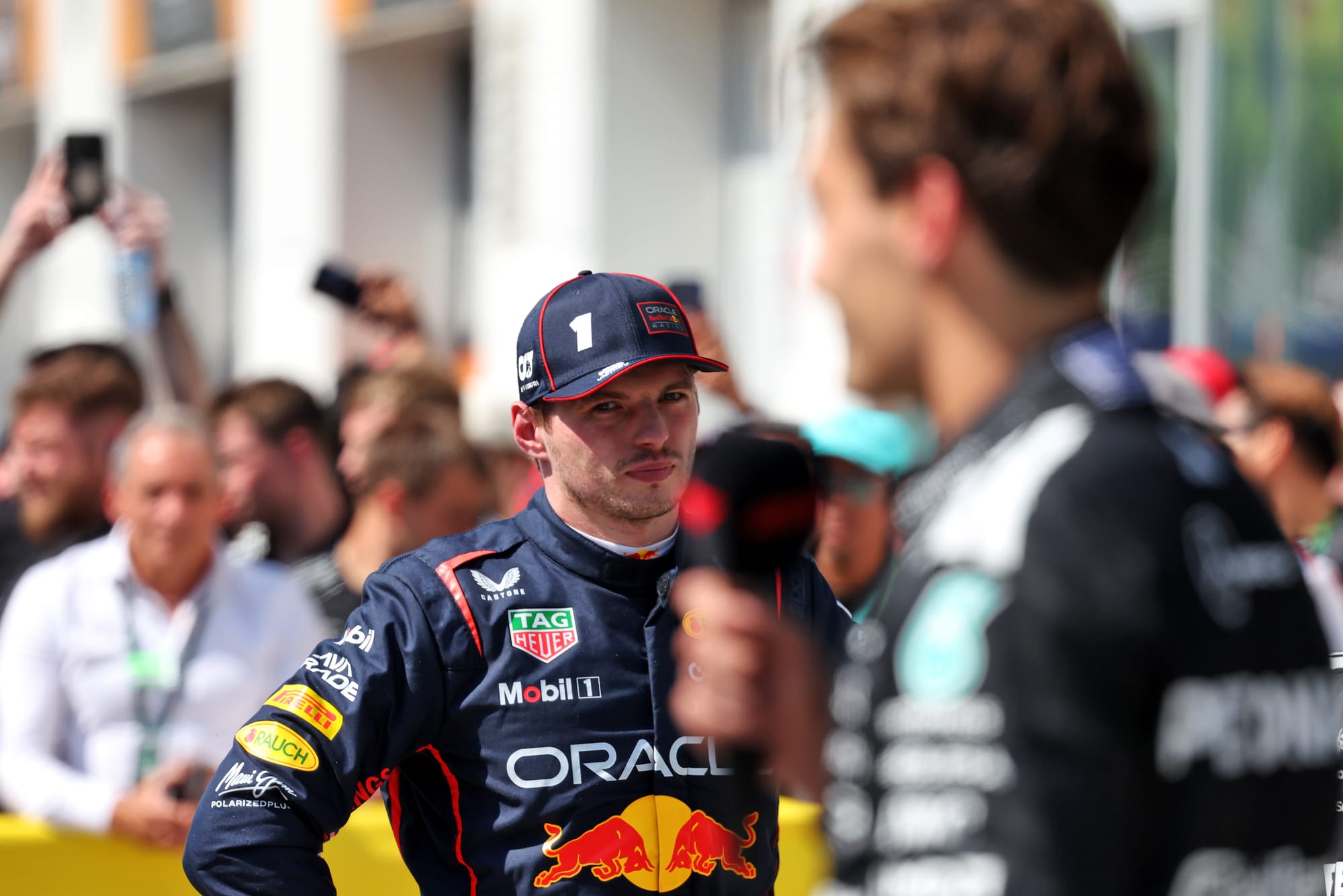
The penalty guidelines include, indirectly, a useful clarification of what would have happened to Max Verstappen if the stewards judged his clash with George Russell in this year’s Spanish Grand Prix to have been intentional.
After Verstappen slammed into the side of Russell’s Mercedes late in the Barcelona race, he said it was a misjudgement, and different camera angles did indicate the act was less egregious than it initially looked from the external shot when it happened live.
The stewards opted to go with a standard 10-second time penalty and three licence penalty points. And this was criticised as insufficient by some who felt Verstappen had hit Russell on purpose.
Had that been the case, Verstappen’s sanction would have been greater. The guidelines clarify a difference between causing a collision, causing one “with no immediate and obvious sporting consequence”, and causing one “with apparent deliberate or reckless intent”.
That final offence is the most serious and comes with a recommended 10-second stop-and-go penalty, or a 30-second time penalty, and crucially four penalty points on a licence - which would have automatically triggered a one-race ban for Verstappen, who instead was left one point from suspension.
Racing rules are no longer secret
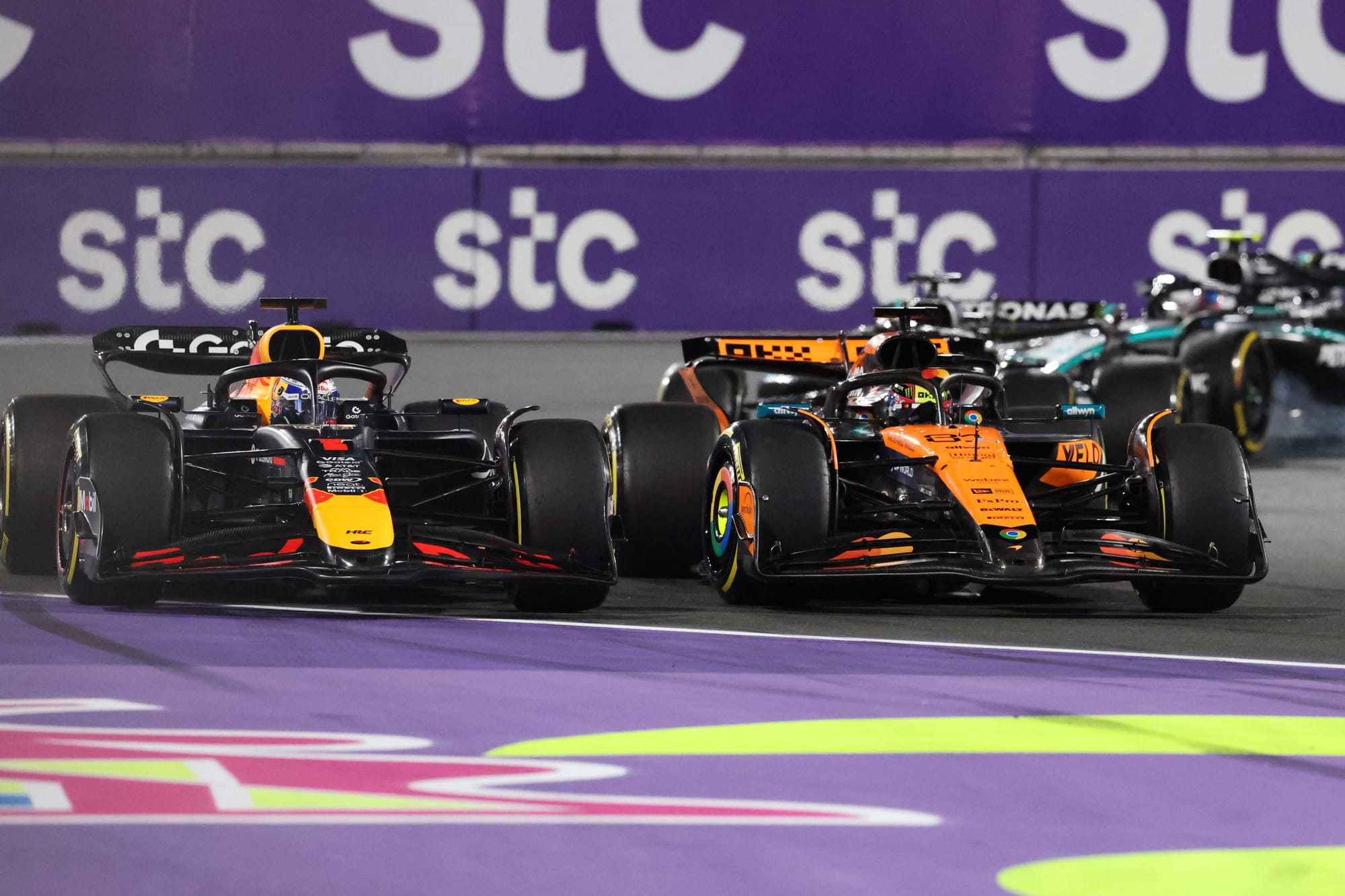
The driving standards guidelines published by the FIA came into force for 2024 and have been critical to determining the outcome of some of F1's most controversial racing moments over the past 18 months.
But until now, the FIA hasn't put them into the public domain, only referring to them in stewards’ decision documents.
That’s often led to confusion and criticism over the application of penalties, with the stewards referring to a set of guidelines that aren’t public - although revealed by The Race before now.
With FIA president Mohammed Ben Sulayem keen to broadcast a message of transparency, Connelly said "what could be more transparent than making public the guidelines that you use in determining breaches of the rules and penalties for those breaches" and that the documents not previously being publicly available "can often lead to confusion and inaccuracy".
Ben Sulayem said the stewards “perform a hugely complex task”, but “that dedication is all too often met with extreme and wholly unwarranted criticism”.
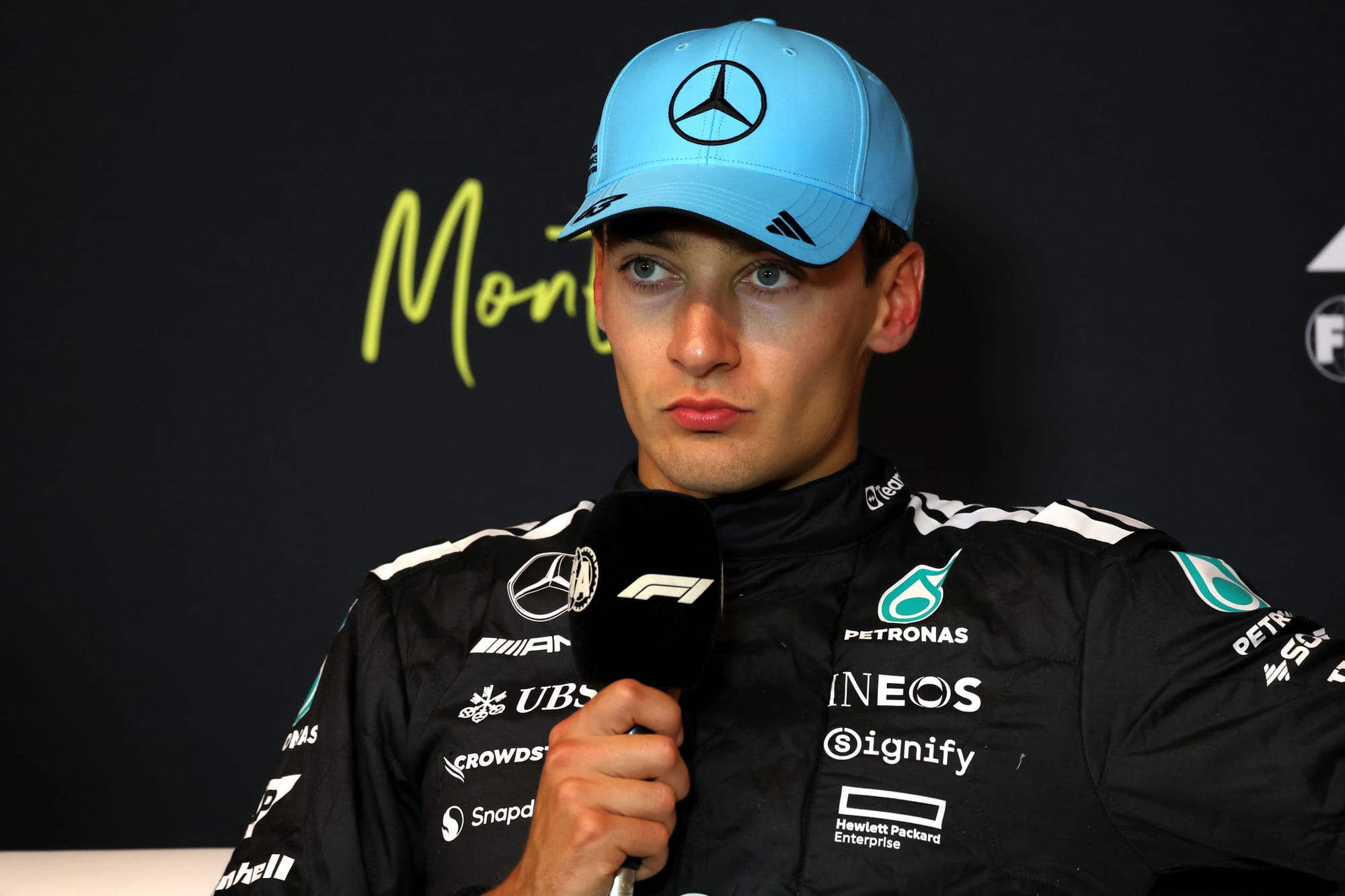
Grand Prix Drivers’ Association director George Russell is quoted in the FIA’s release as saying, “greater transparency within the governance of our sport is an important issue and this is a useful step in that direction”.
He hopes it will help the media and fans “understand how the stewards reach their decisions”.
For reference, as has been previously reported, the guidelines state that a driver overtaking on the inside of a corner is entitled to be given room if they satisfy three requirements - having their front axle “at least alongside the mirror of the other car prior to the apex”, are driving in a “fully controlled manner” rather than having dived in, and have taken a “reasonable racing line” that’s within the track limits.
For a driver overtaking on the outside of a corner, the requirements are stricter for them to be entitled to space. Alongside the same “fully controlled manner” and within track limit requirements, they must have their front axle ahead of the other car’s front axle at the apex, not just alongside.
More clarity on driver swearing offences
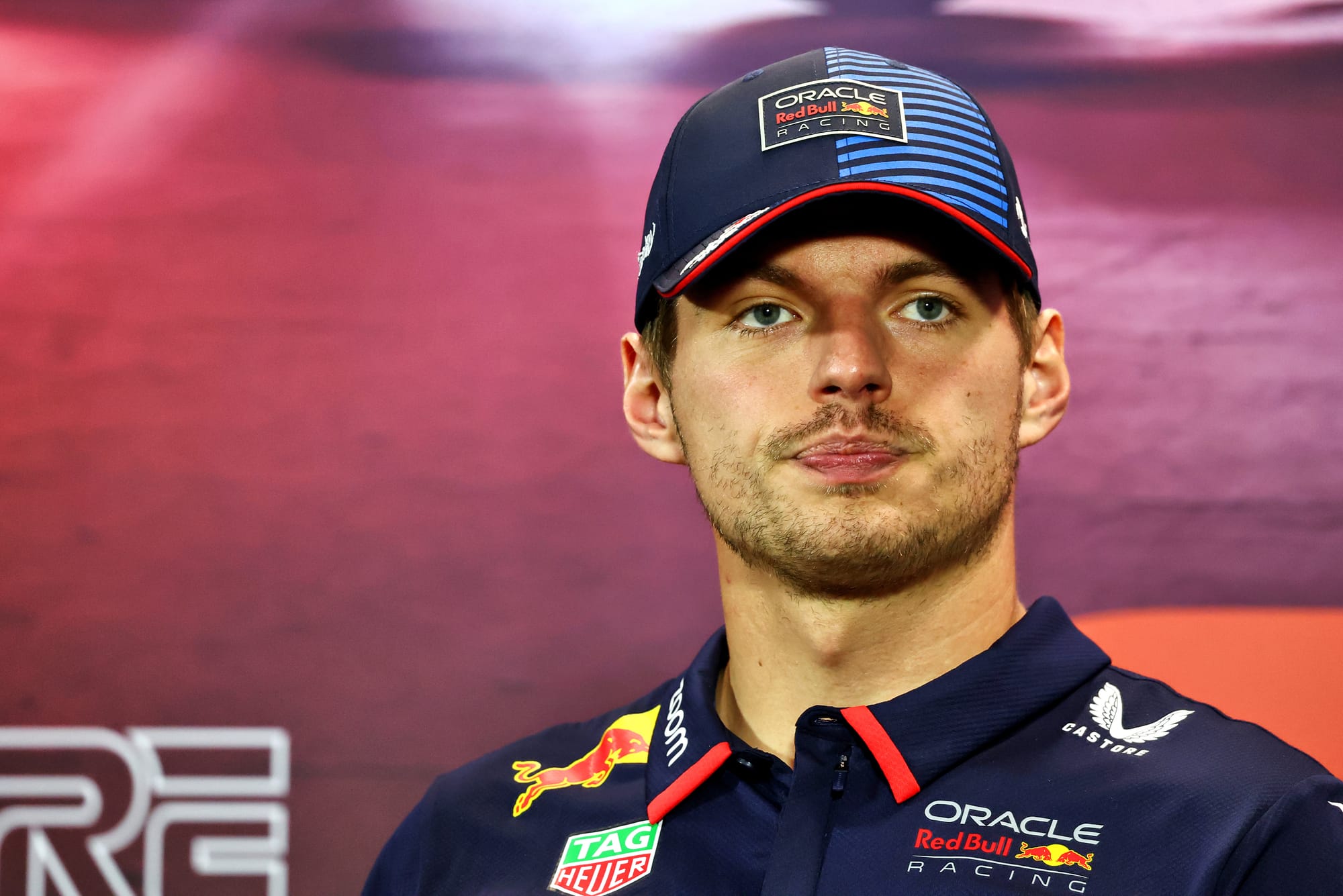
One of this year’s most controversial rules topics was the introduction of Appendix B of the International Sporting Code, which related to potential sporting sanctions for drivers who swore in press conferences.
While the severity of it was toned down following consultation between the drivers and the FIA, it is still clear that the governing body will not tolerate behaviour that it deems unacceptable.
The lines between bad language in controlled environments (detailed as media interviews, press conferences, and podium ceremonies) and non-controlled environments (radio transmissions between car and team, recordings made while on circuit) are talked about, but equally the stewards are given quite a lot of leeway in deciding how strict they should be.
For example, first offences may incur a reduced sanction – such as a suspended penalty or a formal warning.
Also, drivers are not given complete freedom to say what they want on team radio as they will still be punished if “multiple breaches occur within a short period of time, involve racial or discriminatory language, or include abuse of officials”.
Stewards will also take into account potential mitigating factors, such as personal circumstance like their reaction to “offensive, aggressive or abusive behaviour by another”, or a previous record of good behaviour.
Grid penalties for abusing officials
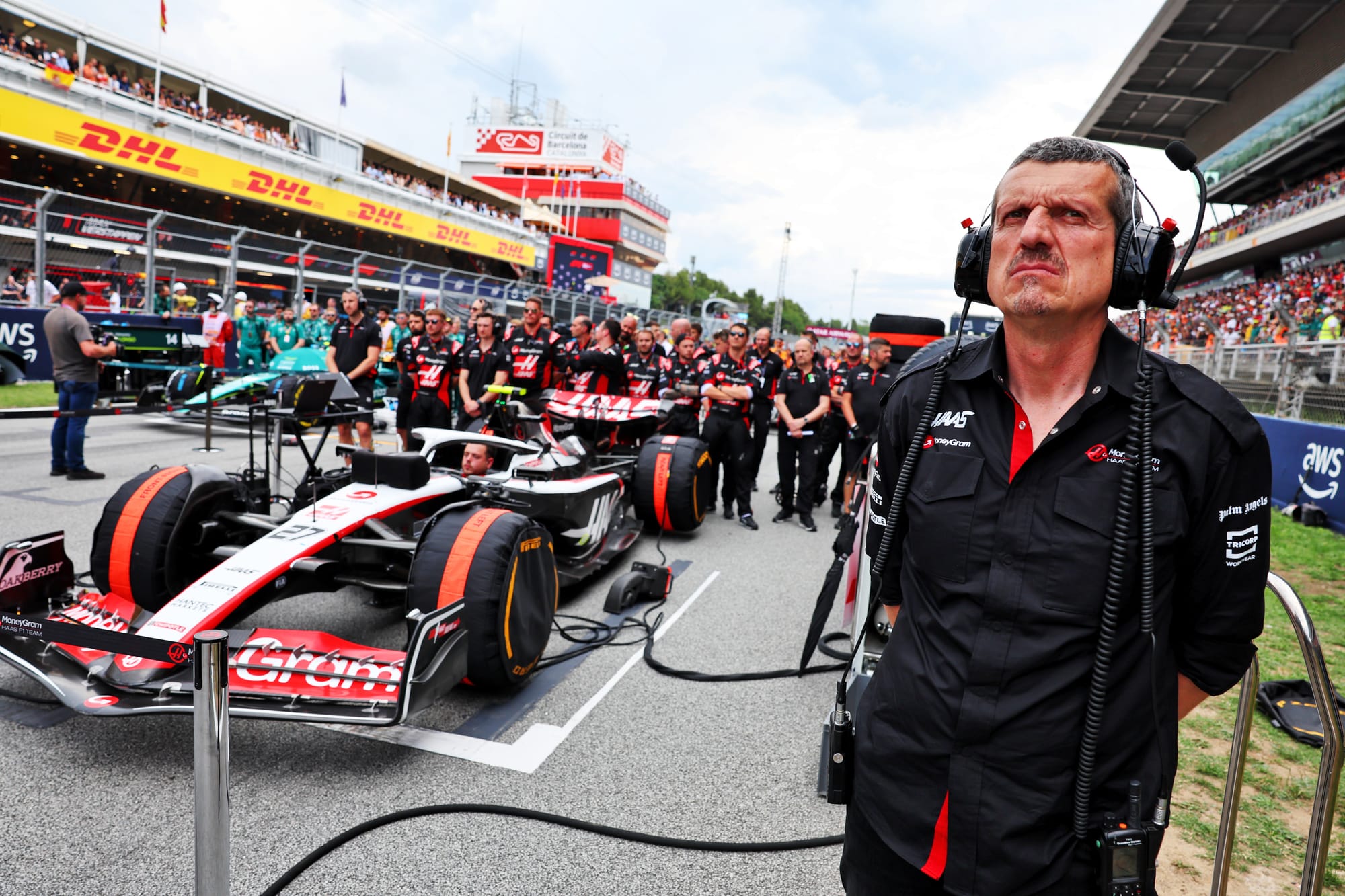
A big part of the FIA’s clampdown on abuse has been aimed at protecting officials, rather than just telling drivers off for using bad language.
There was a notable example of this at the 2023 Spanish Grand Prix where then Haas team boss Guenther Steiner was reprimanded for criticising stewards for being “laymen” - which came as he called for the FIA to appoint full-time professional officials instead of a rotating cast of unpaid ones.
A revision in May this year of the Appendix B guidelines covering penalties in referenced that abuse of officials could result in a minimum three-place grid penalty, or a time penalty, depending on the session it occurs - and that if a team member committed the offence then both cars could be sanctioned.
The penalty guidelines underlines that clearly. It features a table of sporting penalties that clarifies:
Offence - Any Misconduct involving the abuse of officials by a DRIVER
Punishment if committed during an event but not in sprint or GP - Minimum 3-place grid penalty in the next race, escalating if needed
Punishment During sprint or GP - Minimum 5-second penalty (escalating if needed)
Offence - Any Misconduct involving the abuse of officials by a TEAM MEMBER.
Punishment if committed during an event but not in sprint or GP - Minimum 3-place grid penalty for BOTH cars in the next race, escalating if needed
Punishment During sprint or GP - Minimum 5-second penalty for associated driver (escalating if needed)
A five-second penalty quirk that would have helped Norris
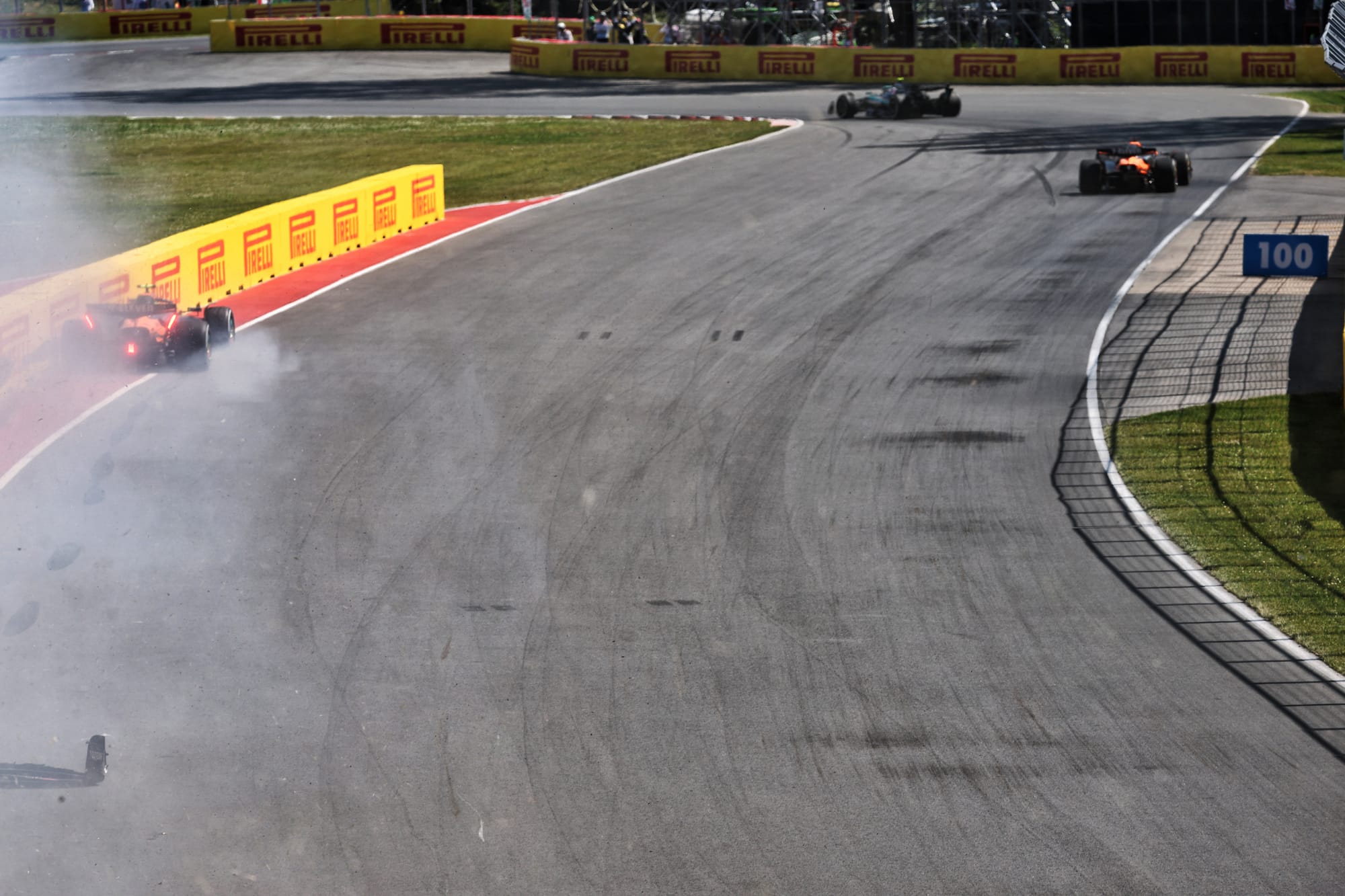
At the very bottom of the stewards’ guidelines is an interesting note about when in-race time penalties should be converted to grid drops for following races if drivers cannot serve them.
This is an area that had some recent relevancy, with Lando Norris having been given a five-second time penalty at the Canadian Grand Prix for his collision with team-mate Oscar Piastri – but being unable to serve it at the time because he had crashed out.
A quirk of the regulations meant that, with him having completed enough laps to be formally classified, that his sanction was added to his final race time.
But the stewards' guidelines reveal that even if he had not been classified, then he would not have fallen foul of a sporting regulation that states that if a “driver is unable to serve the penalty due to being unclassified in the sprint session or the race…the stewards may impose a grid place penalty on the driver at their next race”.
A note clarifying that handing down of penalties states that: “In cases where there is a single 5s penalty which a driver is unable to serve due to retirement, the Stewards will not convert that into a grid penalty for a subsequent race. However, if there is more than one penalty, the Stewards may convert the 5s (and other) penalties into a grid penalty.”
The reasoning for this revolves around there being a standard practice of rules breaches earning 10-second penalties, with minor offences that only warrant five-seconds not being deemed serious enough to justify a grid drop for the following event.
Different ‘moving under braking’ penalty severities
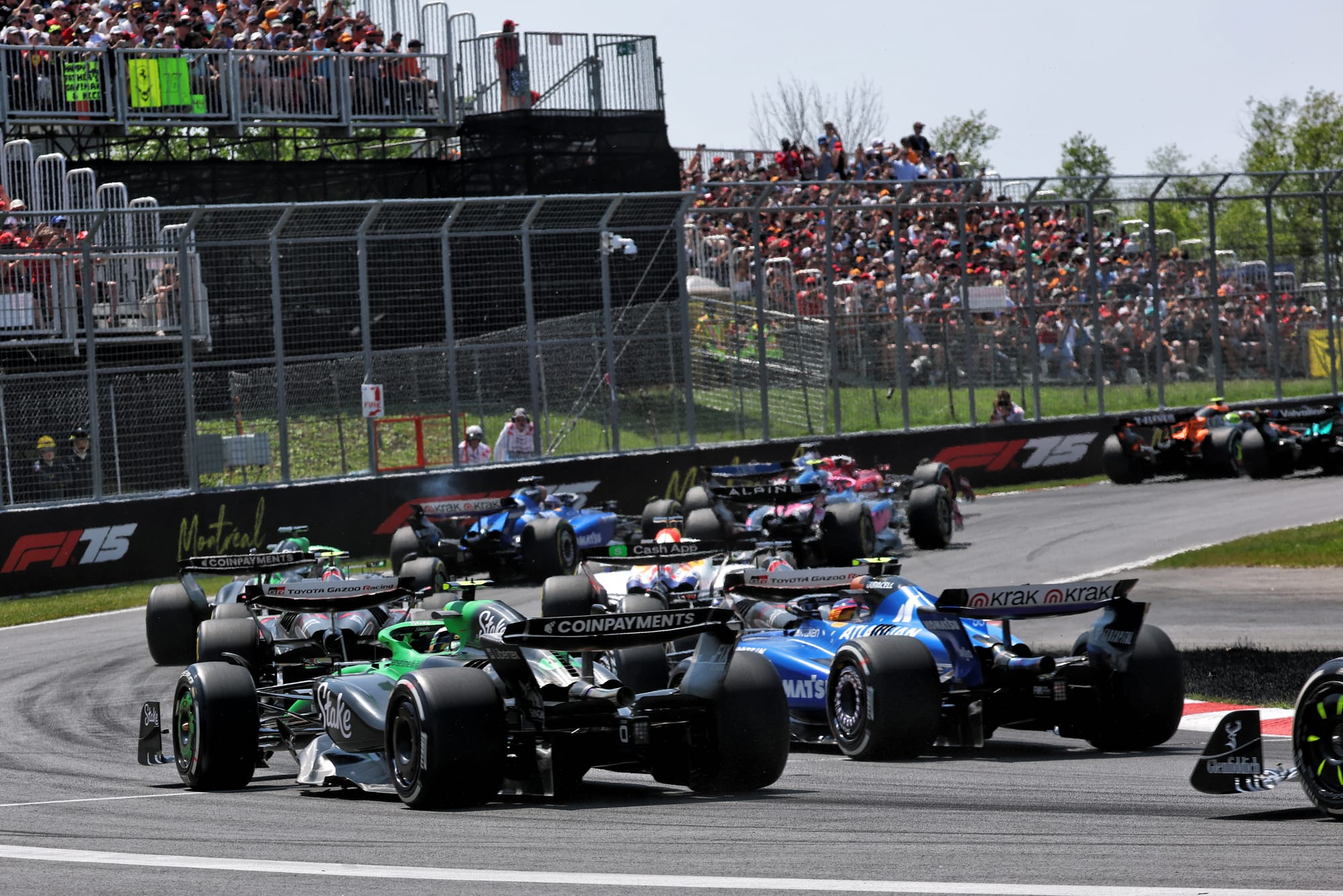
One of F1 drivers’ biggest gripes in battle is when a rival moves around too much while defending. This is either moving multiple times in defence or, most egregiously, moving under braking. It is unpredictable, unsafe, and hard to race against fairly.
This also sometimes seems to be dealt with inconsistently, as it can be ignored, or noted, or sometimes the black-and-white warning flag makes a rare appearance.
There are effectively three categories the stewards break this down into: More than one change of direction to defend a position; more than one change of direction to defend a position; and moving in the braking zone “in a manner deemed potentially dangerous”.
More than one change of direction comes with a straightforward recommendation: a penalty, from five seconds up to a drivethrough. Moving in the braking zone is more nuanced.
It will always be met with a warning in practice or qualifying but in a race, simply moving in the braking zone can be a black-and-white flag for the first offence then penalties thereafter. If it is done in a manner “deemed potentially dangerous”, though, an immediate penalty (from five seconds up to a drivethrough depending on severity) is recommended.
Leniency depending on the session
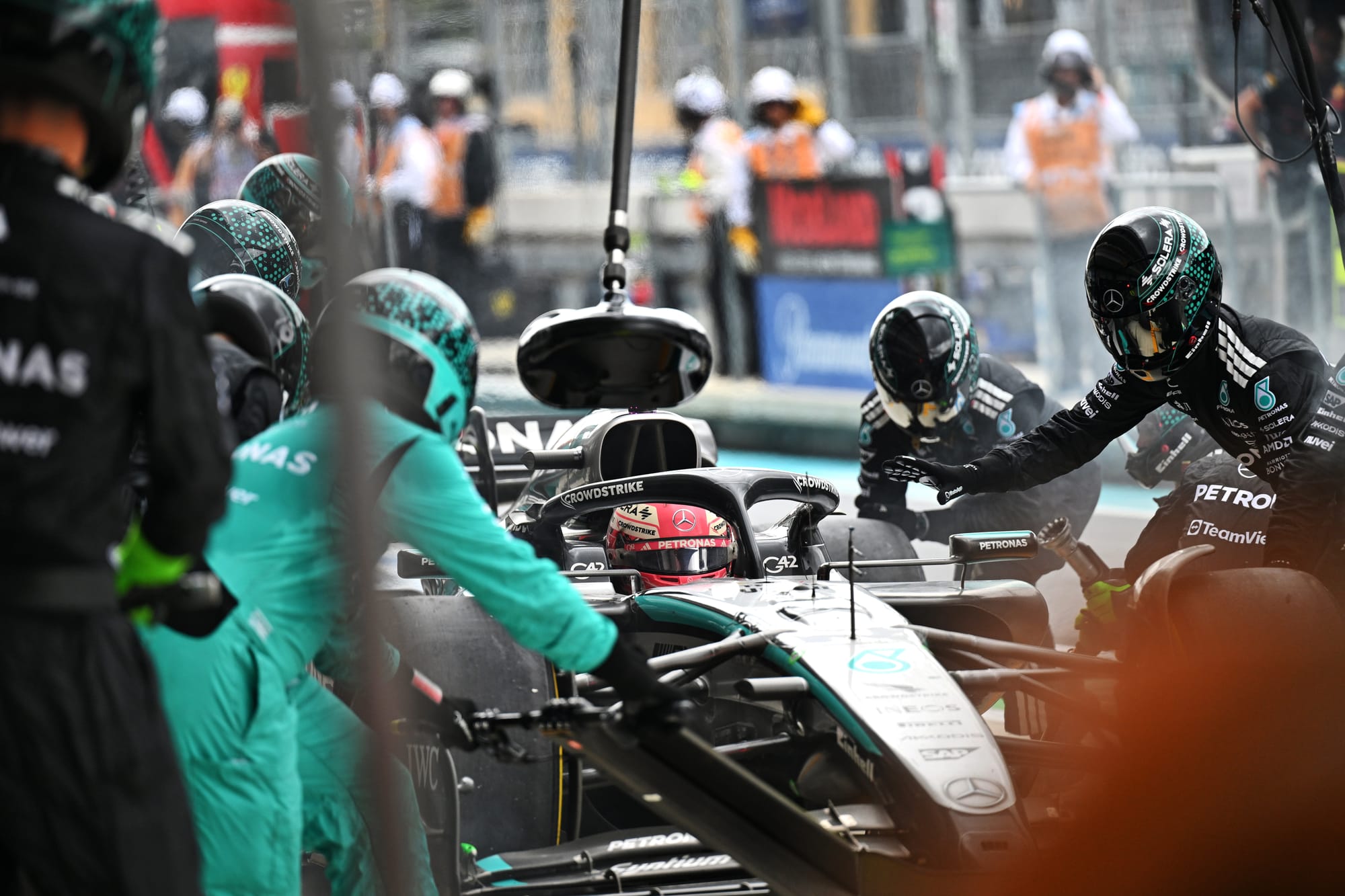
One of F1’s most common infringements - impeding another driver’s push lap - is judged differently depending on whether it takes place in practice or qualifying.
In practice, if a driver is found in breach of 37.5 of the sporting regulations (impeding another driver), they are given a warning. If a driver does so in qualifying, they receive a three-place grid penalty with no penalty points.
Should a driver be found to be impeding “dangerously or with apparent intent” in either practice or qualifying, then that penalty is upgraded to a five-place grid penalty with three penalty points.
Much like impeding, unsafe releases have been punished differently depending on the session.
In both practice and qualifying, teams escape with a fine if found guilty. Whereas in the grand prix, they can be handed a time penalty (either five or 10 seconds) or a drive-through penalty in the more severe cases.
There is more leniency for releasing a car in an unsafe condition during a practice session, too. The punishment for practice is a team fine, whereas in qualifying, it can be a fine or a grid penalty.
A slightly different infringement - driving a car knowing it to be in an unsafe condition, following releasing a car in an unsafe condition - is punished with a grid drop of five places if it takes place in practice or qualifying.
But if it takes place in a grand prix that’s deemed more severe and it will be a grid drop of 10 places for the next race.



